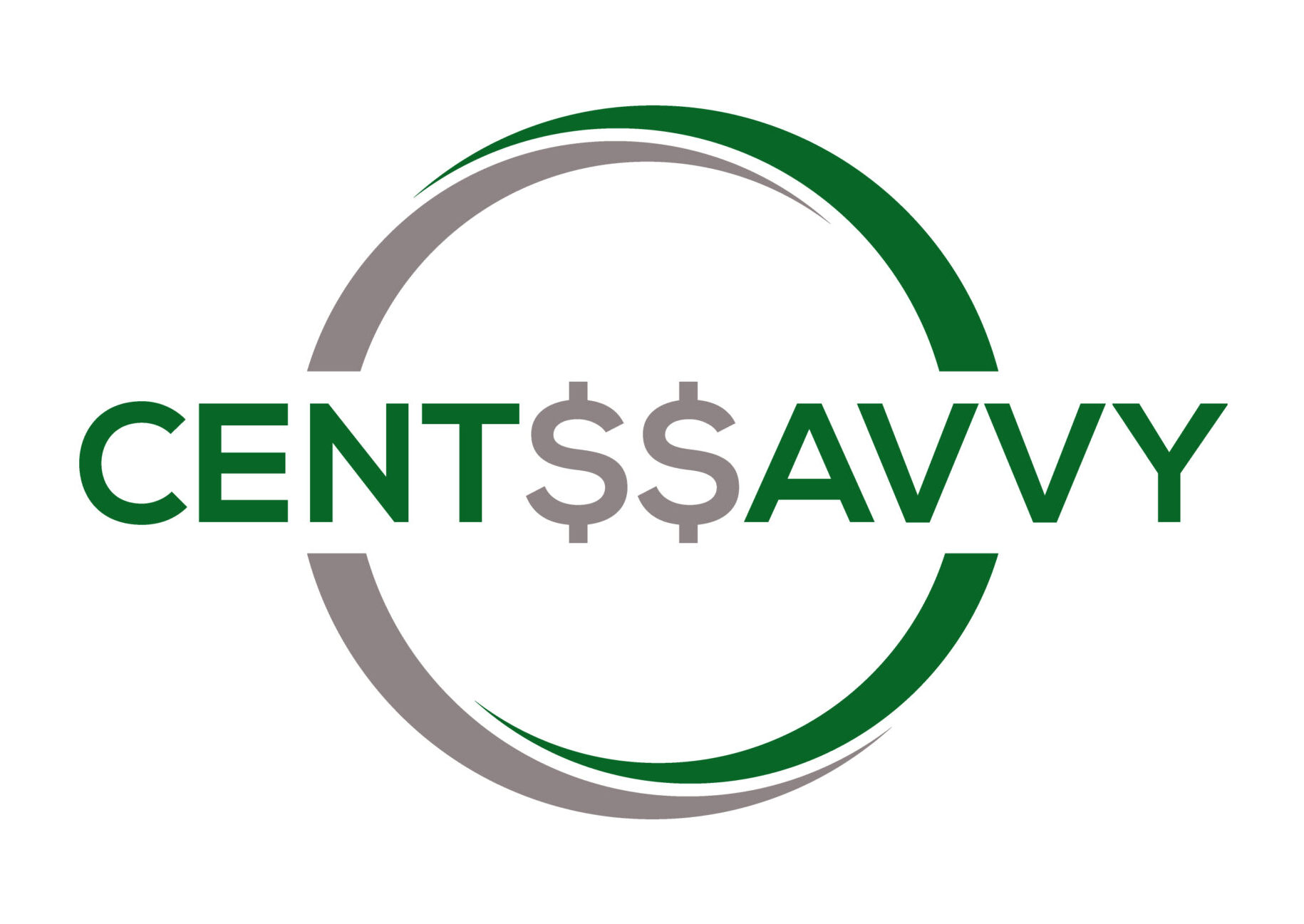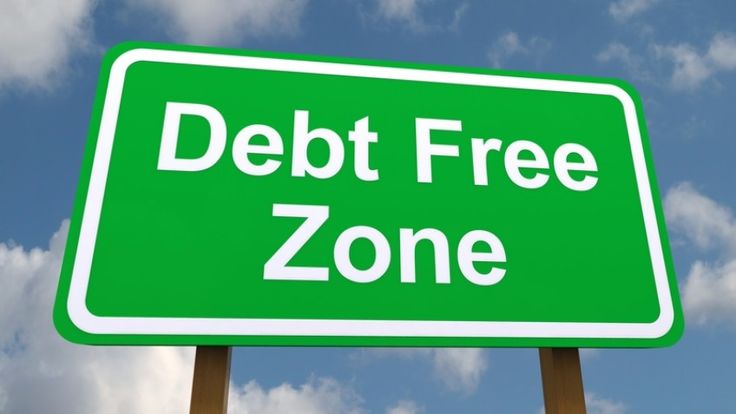How Can I Get My Debt Erased?
Debt can be a heavy burden, impacting every aspect of your financial life. While there’s no magic wand to instantly erase debt, there are effective strategies and techniques to reduce or eliminate it. Within this extensive handbook, we’ll delve into diverse strategies for eliminating your debt, comprehending the consequences of each, and offering actionable advice to attain financial liberation. For tailored support, consider consulting Cents Savvy Credit Repair Counseling for expert assistance.
Understanding Debt and Its Impact
What Is Debt?
Debt is money borrowed from another party, typically a lender or creditor, with the expectation of repayment over time, usually with interest. Typical forms of debt encompass credit card balances, student loans, automobile financing, home mortgages, and personal loans.
The Impact of Debt on Your Financial Health
Debt affects more than just your credit score. It influences your ability to save, invest, and achieve financial goals. High levels of debt can lead to stress, reduced disposable income, and limited financial opportunities.
Strategies for Erasing Debt
1. Debt Repayment Plans
The Snowball Method
With the snowball method, you tackle your smallest debts initially, while maintaining minimum payments on larger debts. As each small debt is cleared, you redirect the payment towards the next smallest debt, generating a “snowball” effect.
Steps to Implement the Snowball Method:
- Arrange your debts in ascending order, starting from the smallest and progressing to the largest.
- Ensure you’re making minimum payments on all debts except the smallest one.
- Pay as much as possible towards the smallest debt.
- After clearing the smallest debt, redirect the payment amount towards the next smallest debt.
- Continue this process until all debts are fully settled.
The Avalanche Method
The avalanche method prioritizes settling debts with the highest interest rates initially, which can ultimately save you money on interest and expedite your journey to becoming debt-free.
Steps to Apply the Avalanche Method:
- Catalog all your debts in descending order based on their interest rates.
- Ensure minimum payments are made on all debts except the one carrying the highest interest rate.
- Allocate as much as feasible towards clearing the debt with the highest interest rate.
- Upon paying off the highest interest debt, transfer that payment towards the next debt with the highest interest rate.
2. Debt Consolidation
Debt consolidation entails merging several debts into a solitary loan featuring a reduced interest rate. This process can streamline your payments and potentially lead to savings on interest expenses.
Types of Debt Consolidation:
- Personal Loans: Consider utilizing a personal loan to consolidate and settle multiple debts.
- Balance Transfer Credit Cards: Move high-interest credit card balances to a card offering a lower interest rate.
- Home Equity Loans: Tap into the equity in your home to secure a loan with a reduced interest rate through home equity loans.
3. Debt Settlement
Debt settlement encompasses discussions with creditors to lower the overall debt amount owed. Creditors might consent to settle for a one-time payment that is less than the entire outstanding balance.
Steps to Negotiate a Debt Settlement:
- Reach out to your creditor and detail your current financial circumstances.
- Offer a lump-sum payment or a structured payment plan.
- Ensure that you obtain written confirmation of the agreement before proceeding with any payments.
- Ensure the settled debt is reported correctly on your credit report.
4. Bankruptcy
Bankruptcy is a legal procedure that has the potential to either discharge or restructure your debts. While it has serious implications for your credit score, it can provide a fresh start if you’re overwhelmed by debt.
Types of Bankruptcy:
- Chapter 7 Bankruptcy: Liquidates your assets to pay off debts. Remaining unsecured debts are discharged.
- Chapter 13 Bankruptcy: Creates a repayment plan to pay off debts over 3-5 years. Remaining unsecured debts are discharged after the repayment period.
5. Credit Counseling
Credit counseling agencies provide support to manage your debt effectively. They can aid in budget creation, negotiation with creditors, and establishing a debt management plan tailored to your needs.
Benefits of Credit Counseling:
- Professional guidance and support.
- Potential lower interest rates through creditor negotiations.
- Structured repayment plans to help you get out of debt.
6. DIY Debt Relief Strategies
Budgeting and Cutting Expenses
Developing a budget and trimming unnecessary expenses can liberate additional funds for debt repayment. Monitor your income and expenditures meticulously to pinpoint areas where spending can be minimized.
Tips for Effective Budgeting:
- Utilize budgeting applications or software to monitor and manage your finances effectively.
- Make essential expenses such as housing, utilities, and groceries your top priority.
- Cut discretionary spending on non-essential items.
Increasing Your Income
Increasing your income can accelerate your debt repayment efforts. Explore options like taking on a side job, freelancing, or selling items you no longer use to supplement your income.
Ways to Increase Your Income:
- Consider pursuing part-time employment or freelance opportunities.
- Offer services in your community, such as tutoring or pet sitting.
- Dispose of items you no longer require by selling them on various online marketplaces.
The Importance of Credit Repair
Understanding Credit Scores
Your credit score serves as a numerical indicator of your creditworthiness, derived from your credit history. It significantly impacts your eligibility for loans, credit cards, and the interest rates you qualify for.
Factors That Affect Your Credit Score:
- Payment history (35%)
- Credit utilization (30%)
- Length of credit history (15%)
- New credit (10%)
- Credit mix (10%)
The Role of Credit Repair
Credit repair entails rectifying inaccuracies and negative entries on your credit report with the aim of enhancing your credit score. This process may involve disputing errors, negotiating with creditors, and implementing strategies to rebuild your credit history.
Steps in the Credit Repair Process:
- Secure copies of your credit report from each of the three major credit bureaus.
- Review your credit report for inaccuracies and negative items.
- Dispute errors with the credit bureaus and creditors.
- Negotiate with creditors to remove or update negative items.
- Implement positive credit habits to rebuild your credit.
Seeking Professional Help
Credit repair can be complex and time-consuming. Professional credit repair services, like those offered by Cents Savvy Credit Repair Counseling, can provide expert assistance in improving your credit score.
Benefits of Professional Credit Repair Services:
- Expertise in credit laws and regulations.
- Customized strategies to address your specific credit issues.
- Time-saving assistance in disputing errors and negotiating with creditors.
Frequently Asked Questions
Q1: Can all debts be erased?
Not all debts can be easily erased. Secured debts like mortgages and auto loans, and certain unsecured debts like student loans and tax debts, are more difficult to eliminate. Nevertheless, approaches such as debt settlement and bankruptcy can aid in diminishing or eradicating various forms of debt.
Q2: How long does debt settlement take?
The length of the debt settlement process can vary, but it typically takes 2-4 years. It depends on the amount of debt you have, your financial situation, and the willingness of creditors to negotiate.
Q3: Will debt consolidation hurt my credit score?
Debt consolidation can temporarily lower your credit score due to the hard inquiry from the new loan application. Nonetheless, consistently making timely payments on the consolidated loan can lead to gradual improvement in your credit score over time.
Q4: Is bankruptcy the best option for getting rid of debt?
Bankruptcy can provide a fresh start if you’re overwhelmed by debt, but it has serious implications for your credit score and financial future. Before proceeding with bankruptcy, it’s crucial to explore all available alternatives and seek guidance from professionals.
Q5: How can I avoid getting into debt again?
To steer clear of relapsing into debt, establish a budget, live within your financial means, establish an emergency fund, and employ credit responsibly. Regularly monitoring your credit report and financial habits can help you stay on track.
Conclusion
Getting your debt erased requires a combination of strategic planning, disciplined budgeting, and sometimes professional help. Whether you choose debt repayment plans, consolidation, settlement, or other methods, it’s important to take proactive steps towards financial freedom. Understanding the effects of debt and exploring your options can help you make informed decisions and take charge of your financial future.
If you’re feeling overwhelmed or need personalized assistance, consider reaching out to Cents Savvy Credit Repair Counseling for expert guidance. With the proper strategy and assistance, you can strive towards eliminating your debt and attaining enduring financial security.

